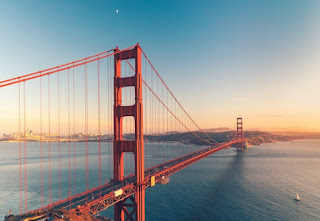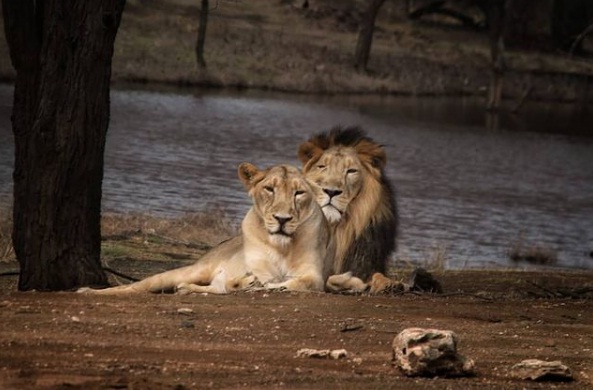United States
The history of the United States of America is a vast and complex narrative that encompasses various periods, events, and cultural influences. Here is a condensed version of the history of the USA:
Colonial Period (17th-18th centuries) :
European exploration and colonization of North America led to the establishment of English, French, Spanish, and Dutch colonies. The British colonies, particularly those in New England, grew in population and prosperity.
American Revolution (1775-1783) :
Tensions between the British colonial government and American colonists escalated, leading to the American Revolutionary War. On July 4, 1776, the thirteen colonies declared their independence from Britain and formed the United States of America.
Early Republic (1783-1800) :
The new nation faced challenges in establishing a functioning government. The Articles of Confederation were replaced by the United States Constitution in 1789, creating a federal system with a strong central government.
Westward Expansion (19th century):
The 19th century was characterized by westward expansion, with the United States acquiring vast territories, including the Louisiana Purchase in 1803 and the Mexican Cession in 1848. This expansion led to conflicts with Native American tribes and intensified tensions over the issue of slavery.
Civil War and Reconstruction (1861-1877):
The United States was torn apart by the Civil War between the northern Union states and the southern Confederate states. The war, fought primarily over the issue of slavery, resulted in the abolition of slavery and the preservation of the Union.
Industrialization and Gilded Age (late 19th-early 20th centuries):
The United States experienced rapid industrialization, urbanization, and economic growth. This period was marked by significant technological advancements, the rise of big businesses, and social inequalities.
Progressive Era (1890s-1920s):
The Progressive Era was characterized by reform movements aimed at addressing social, political, and economic issues. Reforms included women's suffrage, labor rights, and regulations on businesses.
World Wars and Post-War Era (20th century):
The United States played a major role in both World War I and World War II, emerging as a global superpower. After World War II, the United States entered a period of economic prosperity and cultural transformation.
Civil Rights Movement (1950s-1960s):
The Civil Rights Movement sought to end racial segregation and secure equal rights for African Americans. The movement achieved significant milestones, such as the Civil Rights Act of 1964 and the Voting Rights Act of 1965.
Recent History:
The United States has experienced significant political, social, and economic changes in recent decades, including the Cold War, the Civil Rights Act, the September 11 attacks, the Great Recession, and ongoing debates on issues such as immigration, healthcare, and climate change.
This overview provides a general understanding of the history of the United States, but it is important to note that the story of the USA is complex and multifaceted, shaped by numerous events, individuals, and social movements.
Attractions in the United States :-
Grand Canyon (Arizona): Marvel at the awe-inspiring beauty of the Grand Canyon, known for its dramatic rock formations and stunning vistas.
Statue of Liberty (New York): Visit the iconic Statue of Liberty in New York Harbor, a symbol of freedom and a must-see landmark.
Yellowstone National Park (Wyoming, Montana, Idaho): Explore the first national park in the United States, renowned for its geothermal features, wildlife, and natural beauty.
Golden Gate Bridge (California): Take in the iconic Golden Gate Bridge in San Francisco, an engineering marvel and a symbol of the city.
Walt Disney World (Florida): Experience the magic of Walt Disney World in Orlando, Florida, with its theme parks, entertainment, and family-friendly attractions.
National Mall and Memorial Parks (Washington, D.C.): Visit the National Mall, home to iconic monuments and memorials such as the Lincoln Memorial, Washington Monument, and the Vietnam Veterans Memorial.
Hawaii Volcanoes National Park (Hawaii): Witness the active volcanoes, lava flows, and unique ecosystems in this national park on the Big Island of Hawaii.
Las Vegas Strip (Nevada): Enjoy the vibrant nightlife, entertainment, and world-renowned resorts along the Las Vegas Strip.
Mount Rushmore (South Dakota): See the colossal sculptures of four U.S. presidents—George Washington, Thomas Jefferson, Theodore Roosevelt, and Abraham Lincoln—carved into the granite face of Mount Rushmore.
New Orleans French Quarter (Louisiana): Immerse yourself in the vibrant atmosphere of the French Quarter in New Orleans, known for its historic architecture, lively music scene, and unique cuisine.
Glacier National Park (Montana): Discover the stunning glaciers, mountain ranges, and pristine lakes of Glacier National Park in Montana.
Niagara Falls (New York): Experience the power and beauty of Niagara Falls, one of the world's most famous natural wonders, located on the border of the United States and Canada.
These attractions provide just a glimpse of the diverse range of experiences available in the United States. From natural wonders to cultural landmarks, the country offers something for every traveler's interests and preferences.
Cities of United States of America HD Video
Fact about the United States :-
The United States is the world's third-largest country by land area. Covering approximately 9.8 million square kilometers (3.8 million square miles), it spans across diverse geographic regions, including mountains, plains, deserts, forests, and coastlines. The vastness of the country contributes to its rich natural landscapes, cultural diversity, and a wide range of climates and ecosystems. From the snowy peaks of the Rocky Mountains to the sunny beaches of Florida, the United States offers a remarkable variety of geographic features and natural beauty.





0 Comments